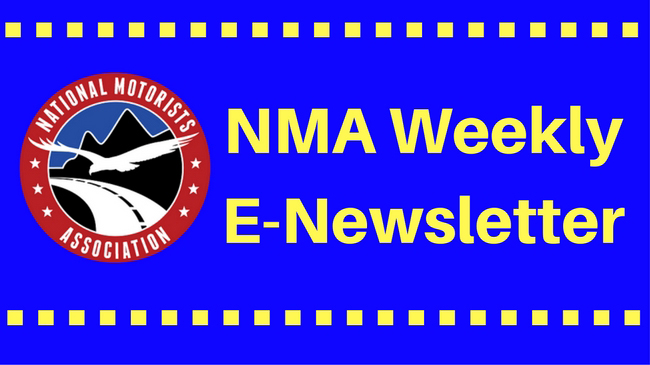The April 15-16, 2019 conference in Ruckersville, Virginia was billed as a “national forum [seeking] to address the neglected problem of speeding.” The sponsoring organizations, the Insurance Institute for Highway Safety (IIHS) and the Governors Highway Safety Association (GHSA), are leading proponents of lowering speed limits with the goal of reducing highway fatalities to near zero levels. Both organizations are also supportive of automated enforcement, i.e., speed cameras, to ensure that drivers not in strict adherence with posted limits are penalized.
The purpose of the conference per GHSA was “to illuminate the issue of speeding and develop strategies to address this challenge, which continues to factor into nearly one third of traffic fatalities each year in the U.S. The forum will gather a diverse group of stakeholders to identify promising approaches to reduce speeding, prevent crashes and save lives. In addition, GHSA and IIHS will seek input from attendees to help shape a new pilot program to curb speeding in rural and suburban areas.”
The National Motorists Association and its membership are certainly among those stakeholders. Joe Bahen, an NMA Virginia life member and past Sentinel Award winner, graciously agreed to attend the IIHS/GHSA forum. His goal was to participate in the discussions, presenting motorist points of view while also establishing valuable connections with FHWA officials and other key players in the speed limit evaluation process.
Joe’s conference report:
As the NMA suggested, I attended the National Forum on Speeding to participate in the development of a model speed management pilot program. I was pleased to see that IIHS and GHSA are considering the viewpoint of a large and diverse group of stakeholders.
The morning session was moderated by Pam Fischer, an outside consultant. She started the discussion by asking “what is speeding?” She asked if exceeding the posted speed limit by 1 mph is speeding. Several of the participants certainly feel that it is. However, Dr. Christian Richard of the Battelle Center said that everybody speeds by 1 mph or more. He pointed out that there are different types of speeders: a high speeder group that engages in extreme behavior, a moderate speeder group, and a low speeder group. For most drivers, speeding is driving above the enforcement threshold. A retired traffic judge spoke up and said that the judiciary does not want to deal with tickets for less than 10 over. Most seemed to agree that the pilot program should not target the low speeder group.
Mike Griffith, Federal Highway Administration (FHWA) Director of Safety Technologies, said that work is being done to “fill the gaps” in its USLIMITS2 computer program for determining safe speed limits in urban areas. My experience is that the program results in reasonable speed limits for limited-access freeways. I have not used it for non-limited access roads in urban or suburban areas.
Lt. Michael Rodriguez of the Buffalo Grove, Illinois, police said that it is common for patrol officers to have a daily quota for speeding tickets. Those officers typically go to their “fishing holes,” write three tickets and then go about their day. This gave me the opening to say that the first step in the pilot should be to have an engineer check the speed limit at the fishing holes using USLIMITS2. I then repeated “fix the fishing holes” during the afternoon breakout sessions. The only push-back I got was from Eileen McCarthy, a lawyer representing a D.C. pedestrian and bicycle group. Among her comments: “Engineers shouldn’t be the ones who set speed limits in cities.” “We need to make it challenging for vehicles to be in the city.” “Take parking out.” “What’s a child’s life worth?”
Most everyone there seemed to believe that automated enforcement is the solution to speeding problems. Cameras are surely going to be part of the pilot.
I have no idea where the pilot is going to be or what it is going to look like. Nevertheless, I feel we should continue to urge that a spot speed study and a USLIMITS2 analysis be done at each location in the pilot where a speed camera is planned.
We should also monitor the forthcoming changes in USLIMITS2 and contact FHWA’s Mike Griffith if we find that the program results in unrealistic speed limits in urban areas.
The NMA raised alarms in the Fall 2018 issue of Driving Freedoms (“The Big Lie”) about concerted efforts to dump proven engineering standards for setting practical and safe speed limits, standards like the 85th percentile rule. The alternative being proposed seems to be an arbitrary and universal reduction of speed limits with a higher degree of enforcement. While that sentiment was expressed quite clearly by some during the IIHS/GHSA conference, the NMA’s participation through Joe Bahen has provided an avenue to continue influencing the discussion.




